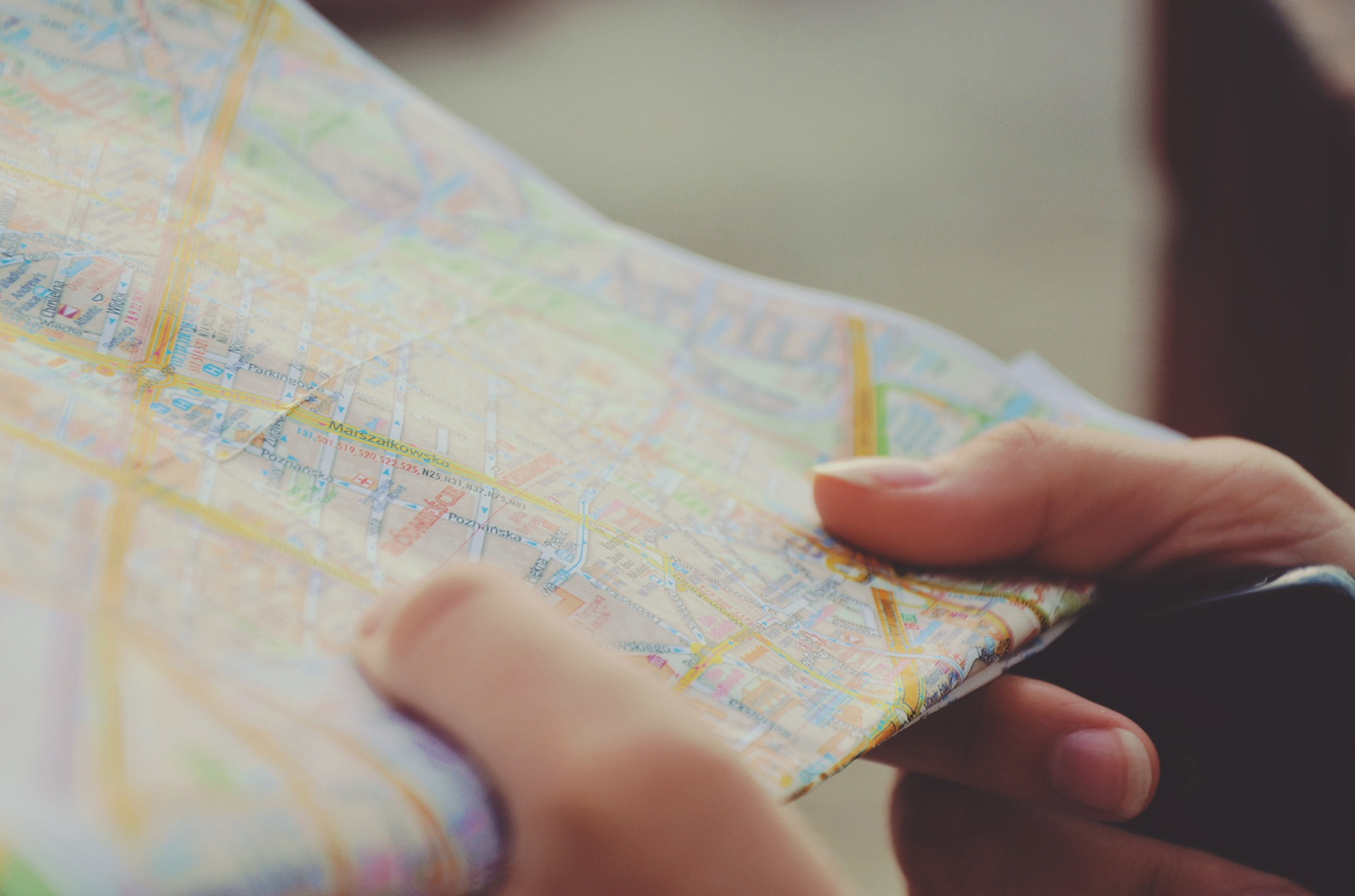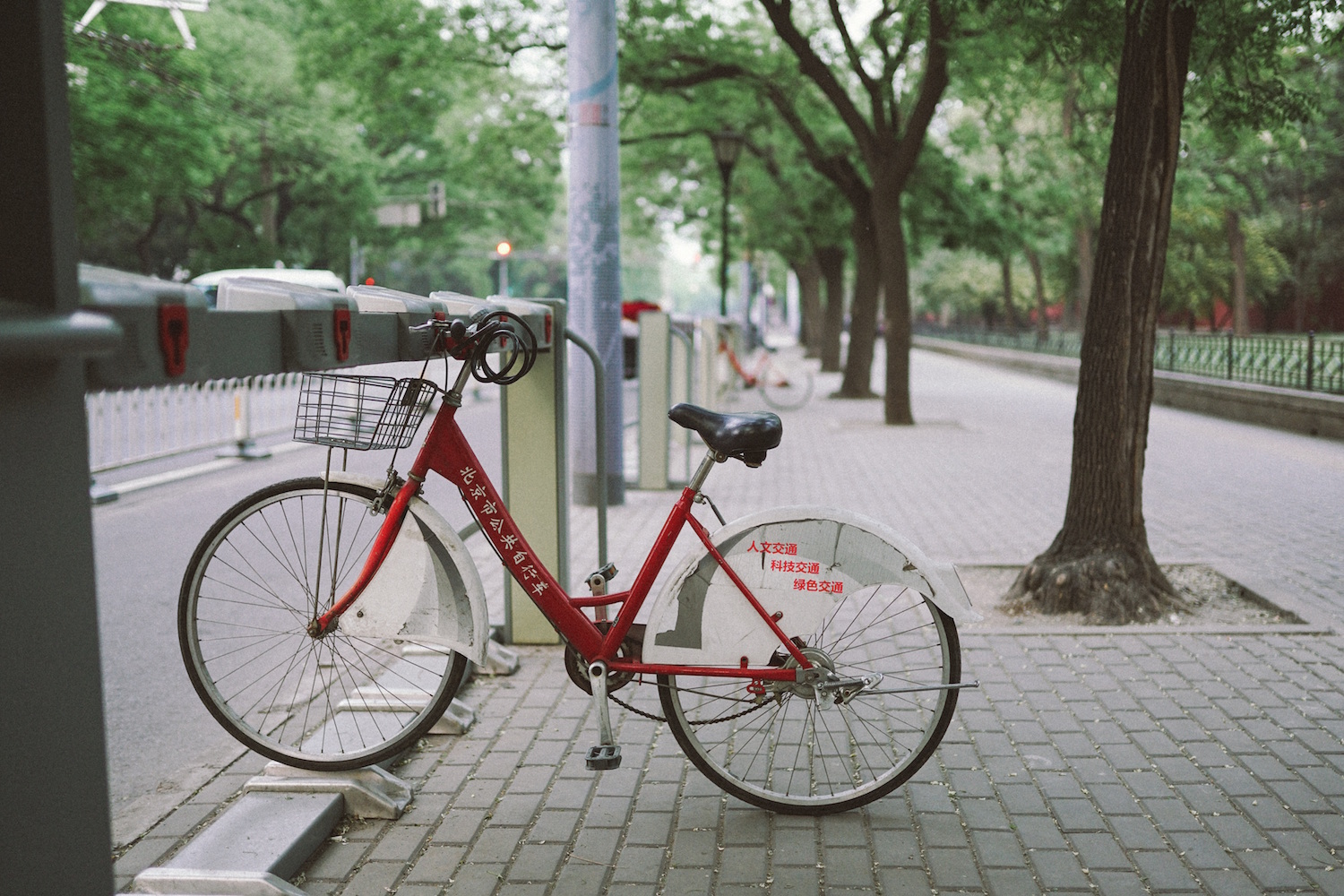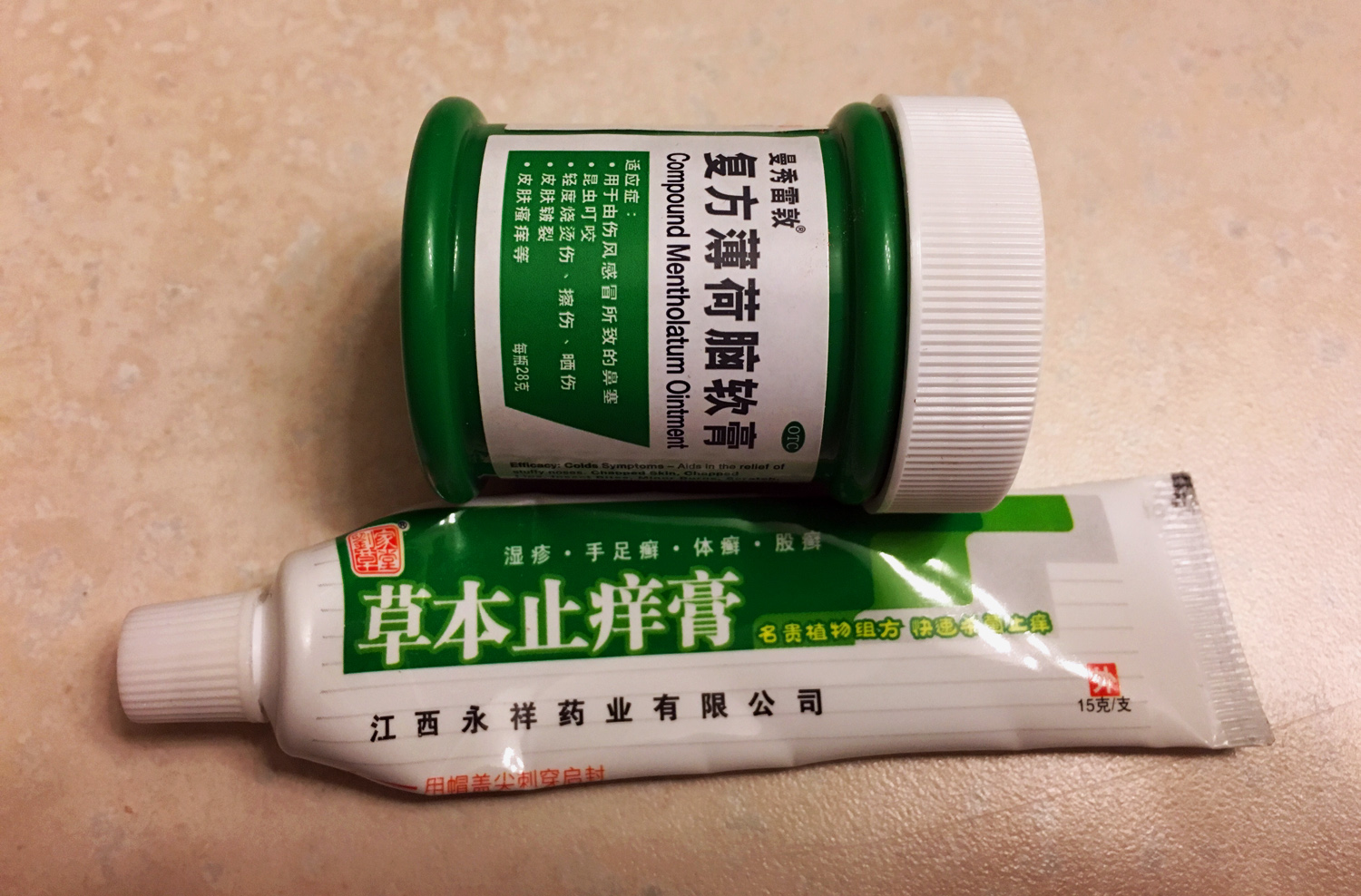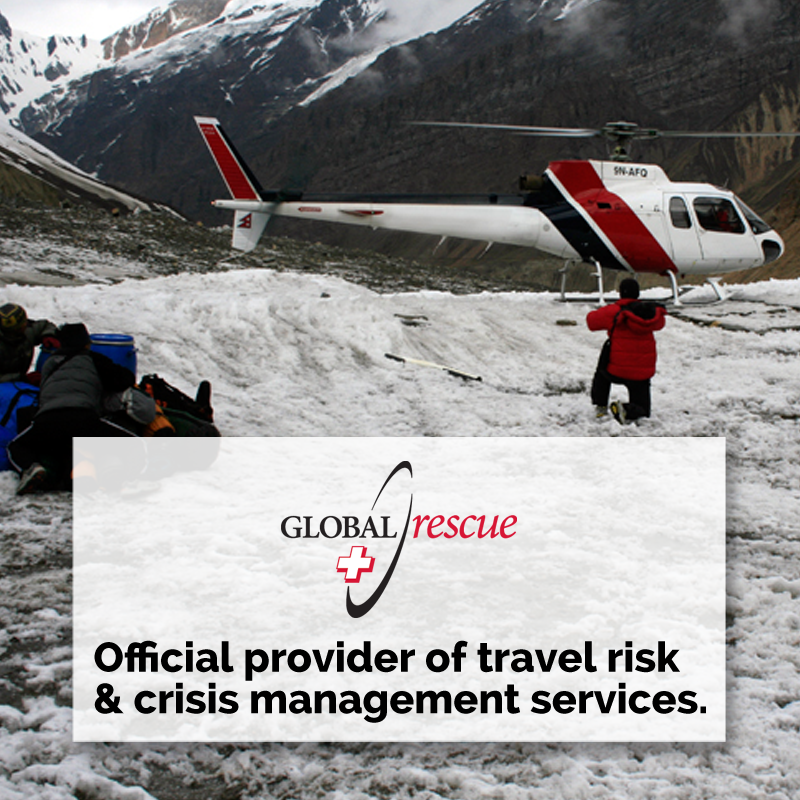“NOT a sunburn. No sunburn. Sunburn — no! Rash from sun. Sun rash!” I frantically motioned to the “sun” (aka pharmacy ceiling) and then to my blotchy, red legs.
This was me trying to communicate to a pharmacist in Greece — and failing miserably like some idiot American on a sitcom.
Surprisingly, I wound up getting what I needed.
Most of us know that traveling does not come with a guarantee of 100% safety and well-being.

No matter how much of a planner you are, there’s just no possible way to pack every single thing you might possibly need for every fathomable emergency situation. I always carry a mini first aid kit when I travel, but nothing in it was helpful in the slightest during the times I needed medical attention.
So, what do you do when you’re in a country whose language you don’t speak, you need medicine of some sort, and you need it ASAP?
This is what you do.
The good ol’ point and show method.
It’s more effective than you think.

My aforementioned rash flabbergasted me — I had no idea what kind of cream to ask for, but I knew I needed more than fancy aloe vera or 100 SPF sunscreen.
In Greece, I developed the aggressive breakout that began crawling up from my ankles all the way to my mid-thigh. It was terrifying. Red, blotchy, itchy, and then painful. I later came to the conclusion that I’d developed “Hiker’s Rash” — which was strange because I really wasn’t doing any intense hiking (some people are just more sensitive to walking in hot, humid weather for too long).
And it happened again in Beijing recently. I was bewildered — it wasn’t too hot and all we were doing was walking around a couple of different temples in the city. I was completely unprepared.
Luckily, this is a very visible symptom. Multiple pharmacists looked my legs up and down before displaying two different cream choices before me, which brings me to my second tip.

Bite the bullet and buy more than you need.
I knew I didn’t need more than one tube of cream, but I also knew that one would most likely work better than the other because they both had different ingredients, different pictures, etc.
Not knowing which one that was, I bought both and figured it out over the next few days.
Extra medicine is never a bad thing, and your safety and comfort is worth the money you fork over, I promise.

Use a translator before you go to the store.
If you don’t have a data plan or phone that you can whip out at the store, see if your hotel, hostel, or accommodations have computers available that you can use. Then, write down a translation of everything you can think would be helpful — things you think your condition might be, products you think could help, products you know will not help, things you’re allergic to (that’s important), active ingredients to look for or avoid, and so on.
Nowadays, however, there are all sorts of apps that allow you to translate even while you’re offline. Google Translate, for instance, has an offline component, or you can check out Lonely Planet’s Offline Translator app.
Alternatively, if you have a friend or tour guide who speaks the language, take them with you.

Ad.
When I studied abroad in Costa Rica, I got a terrible fever blister. That one was on me — I should’ve known to pack something for cold sores because I get them anytime I lose too much sleep, get overly stressed, or get too much sun.
In Costa Rica — even though my Spanish was pretty decent — a member of my host family went to the drugstore to buy me cold sore cream. She told me that if I went alone, they’d know right away that I wasn’t from there and would try to sell it to me for five times the true price. (That’s a whole other article.)
Closely inspect the box or bottle.
You might be surprised at how many have English somewhere on the labeling. It could be just the active ingredients that are listed in English, but that’s better than nothing! Then, if you have a data plan or wifi available, you do a quick Google to see what they’re commonly used to treat.

Most medicines also typically have some sort of visual aid, even if it’s just in the brand’s marketing. Every little thing is helpful. That’s how I knew which creams were for sunburns (which was NOT what I was suffering from); they had pictures of the sun with an aloe vera leaf.
Trust the pharmacist.
It may seem like they’re trying to sell you some quack cream or suspicious pill, but more often than not they’re just doing their job and trying to get you what they honestly believe will help you.
On the same Greece trip, I was casually strolling down from Meteora (the coolest “floating” monasteries, it’s a magical place) when I tripped over a huge nail that was strangely hammered into the ground.
I face-planted. Hard. I mean I really, really ate it. There was a lot of blood. My cute little Band-Aids and tiny packets of Neosporin weren’t going to cut it.

I just wanted to buy the cheapest, most Western-looking cream and bandages, but the pharmacist kept trying to sell me a more expensive cream. I bought it, even though I felt a little robbed. It turned out to be some sort of magical potion that cleared up my scrapes in record time.
I hope you’re not as accident-prone as I am and that you never get injured in any way on your adventures.
But if you do, please keep these suggestions in mind.
Medicine is kind of a universal language, when you think about it. It’s one of many things tying us all together; the fact that everyone — every single person across the globe — bleeds and burns and breaks out into rashes and peels and scabs and suffers from you-name-it.
Happy traveling, wanderful women!

